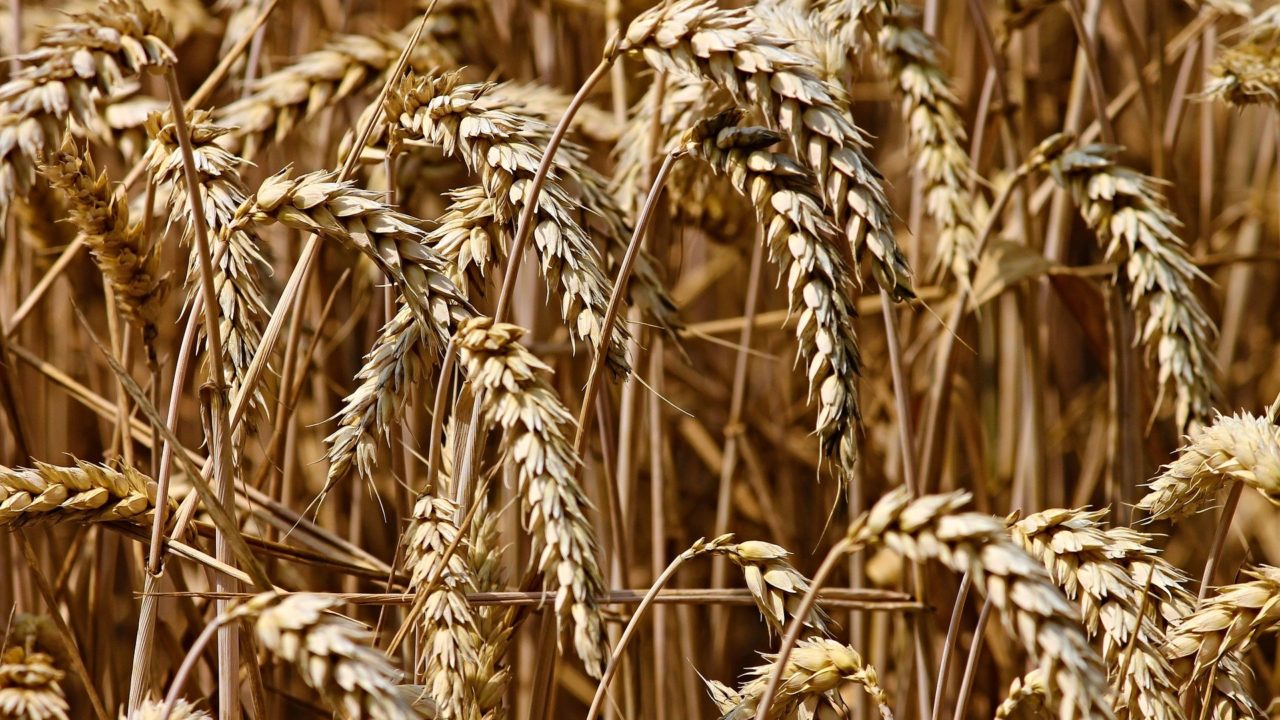The role of potash in maximising cereal yields and grain quality has been profiled by a number of agronomists to coincide with the autumn planting season for cereal crops.
The nutrient also impacts on the general health and vigour of plants.
Cereal crops need at least as much, if not more, potash than any other nutrient including nitrogen.
Potash is needed in such large amounts because it is the major regulator of solution concentrations throughout the plant.
It controls cell sap content to maintain the turgor of the plant and supports the movement of all materials within the plant.
Potash supply is, therefore, essential for all nutrient uptake by the roots and movement to the leaves for photosynthesis, and for the distribution of sugars and proteins made by the green tissue for plant growth and grain fill.
Potash
According to the Potash Development Association (PDA), adequate and available potash is essential to produce high-quality marketable grain with good specific weight and well filled grains.
A shortage will result in premature ripening with significantly lower individual grain size and weight.
This scenario will also prevent some potential grain sites from developing, thus reducing the number of grains per ear.
Cereals convert natural resources, including water, solar energy and carbon dioxide (CO2) into grain. With light being one of the most common limitations for crops in the UK in most seasons – the more light is intercepted, the higher the yield.
Cereals
As cereals are annual crops, they are not able to capture sunlight all year, and measurement data carried out by the Agricultural Development and Advisory Service (ADAS) would suggest that crops in this part of the world have the ability to capture up to 60% of the season-long energy.
The current Agriculture and Horticultural Development Board (AHDB) benchmark within the Wheat Growth Guide is based on a figure of 47%.
Although there is some opportunity for improvement early in the season, most of the ‘lost’ solar energy occurs later in the season, as crops begin to senesce.
The canopy starts to senesce from June onwards. But the speed of senescence will depend on a variety of factors, including moisture availability.
Levels
While there is little that can be done about the weather, one of the variables that can be controlled is the supply of potassium to a crop.
The level of potash available can have a dramatic impact on the speed of crop development from flowering through to ripening.
Measurements taken from three soils with varying levels of potash showed crops that were well supplied with potassium took 29 days longer to fully senesce than crops that were deficient.
Moisture stress significantly reduces growth and accelerates leaf senescence due to the reduced time to translocate metabolites from leaves to grain, which ultimately affect grain yield and quality.
Delayed leaf senescence can therefore facilitate plants in remobilising nutrients from old senescing leaves to young leaves and the developing grains.
